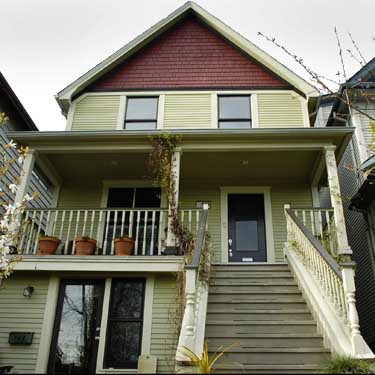Richard Dooley
Sun

A meteor streaks across the sky. A New Brunswick scientist is part of a project aiming to catch images of meteors on camera. Photograph by : Doug Murray, Reuters files
The odds of finding what New Brunswick scientist James Whitehead is looking for are astronomical even by his standards.
But a unique series of cameras stationed on rooftops in Canada, and across the world, is increasing the odds of finding — and recovering — a fresh meteorite if it tumbles through the atmosphere.
Whitehead, a geologist at St. Thomas University in Fredericton, is part of an international team of scientists that has trained high-tech cameras toward the heavens hoping to capture images of fireballs streaking across the night sky.
The aim is to use the photographs, along with a little basic trigonometry and a good timepiece, to estimate where the fireball struck the Earth with the hope of recovering what’s left of it.
For Whitehead, who’s leading the hunt in Eastern Canada, that’s as exciting a prospect as watching a meteor burn through the atmosphere and land outside his Fredericton office.
“They are windows on the formation of the solar system,” Whitehead said. “The more material we have, the more we can understand how the solar system was formed.”
The relatively inexpensive cameras — they cost about $200 apiece — are focused on the skies on rooftops scattered around North America. The United States has a network of 28 cameras.
Canada has 26 — in British Columbia, Alberta, Sas-katchewan, Ontario and the Atlantic provinces.
Since 2007 seven cameras, have been stationed around Atlantic Canada: three in Newfoundland, one in Nova Scotia and three in New Brunswick.
The camera network operates in concert, each camera poised to capture an image of a fireball, dramatic bolts of light that cross the heavens and illuminate the night sky.
From that data, scientists can work out the fireball’s trajectory and estimate where it came down.
Shooting stars differ from fireballs in that they are faint, but distinctive streaks of light through the sky.
No larger than a grain of sand, shooting stars usually burn up in the atmosphere.
Fireballs are larger and usually leave behind material when they hit the Earth. The trouble is finding it.
“Thousands have hit the ground, but they are easily overlooked or are so weathered that the material has been destroyed,” he said.
In North America, most of the ancient meteorites have been lost, scraped away by successive ice ages. But some estimates place the number of meteor impacts of 100 grams or larger at 36 per sq. kilometres. So finding a meteorite is possible, said Whitehead.
But while his cameras have captured images of fireballs, he’s yet to make that all important find himself.
Although Whitehead does advise the Canadian Space Agency about the possibility of the Earth being hit by large heavenly bodies, the All-Sky Camera network is not an early warning system for a doomsday rock striking the planet.
If a planet-shattering meteor gets picked up by the cameras, it’s too late, he said. “By the time we’d see it we’d be vapourized.”
Whitehead hopes to make the All-Sky Camera Project a living experiment for school children in the Atlantic provinces. He envisions a day when high school students can use the data from the cameras to hone their math skills and plot likely landing points for meteorites.








